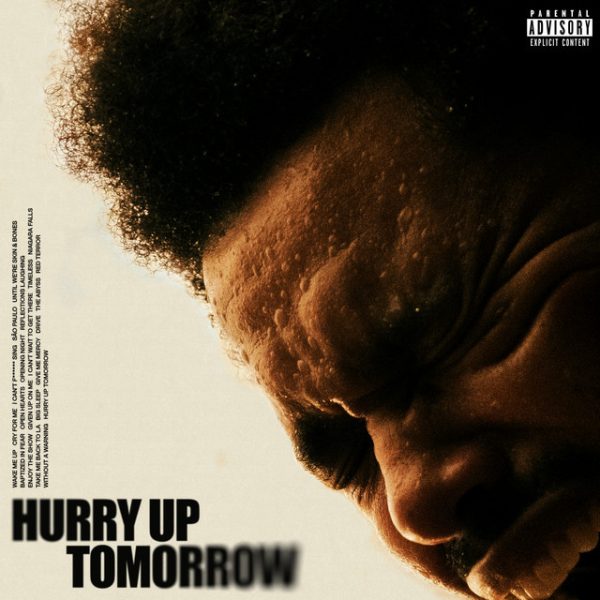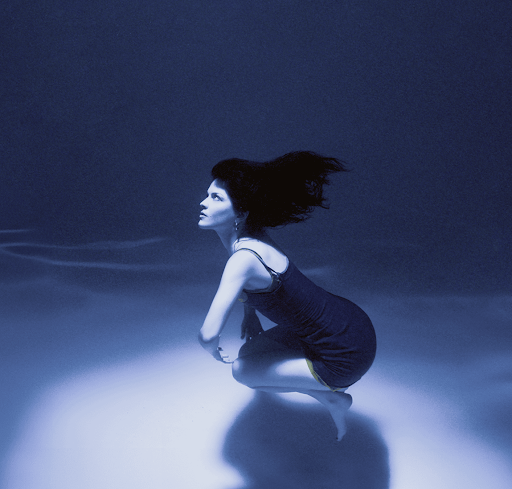Best Beats: A Comenian Playlist
“When I Write My Master’s Thesis,” John K. Samson (2012)
Now that we’ve entered October, the excitement of a new year has worn off and we’re staring at our syllabi, dreading the mountains of work ahead of us. If you find you need some perspective about what you’re even doing with your life, I’d recommend “When I Write My Master’s Thesis” by Canadian indie artist, John K. Samson, off his album, Provincial.
The song tells the story of a lonely man attempting to write his Master’s thesis while lamenting about how much time he’s been spending in the archives and citing his sources. The most relatable line may be when Samson sings that, upon completion of his work, his friends and family should greet him with his “hard drive smashed to pieces.”
Though the song seems bleak, it ends with the line “it’s all gonna change when I write my Master’s thesis,” leaving the listener with a little bit of hope. The next time you find yourself groaning about your essay on a dreary day, give the song a listen and feel better about yourself.
-Kayleigh Ficarra
“Take It On The Run,” REO Speedwagon (1980)
Nothing screams the eighties better than REO Speedwagon and their classic hit “Take It On The Run.” Still considered an essential on all back-to-the-eighties playlists, this song drove all Speedwagon fans across the world crazy. It was released in 1980 and was featured on the most well-known REO Speedwagon album of all time, Hi Infidelity. The song rose to number five on the Billboard 100, as ranked by the Recording Industry Association of America.
The song was written by Gary Richrath as an answer to band member, Kevin Cronin. At the time, both members were experiencing relationship issues. The song was inspired by a soap opera that Richrath had flipped on in the middle of the night. As he was causally strumming his guitar, one thought came to mind that forever changed the REO Speedwagon name. The thought described how much worse the love lives of the characters were than his own.
“Take It On The Run” is a powerful rock ballad that is driven by the motives of gossip and breaking up. Originally named, “Don’t Let Me Down,” the goal of this song was reached and Cronin’s relationship questions were finally answered, just slightly differently than the rest.
The song is a blend of everything, from guitar solos down to Richrath’s unique high-pitched voice. “Take It On The Run” will have listeners questioning the true motive for years, so if you are in for a mystery give this song a listen.
-Elizabeth Schwartz
“Moanin’,” Charles Mingus (1960)
“Moanin’” was released by Charles Mingus on his 1960 album Blues & Roots. It features many great instrumentalists and is a fantastic example of a classic jazz standard. Chances are you recognize at least some part of this song, as it is very popular with jazz bands, whose members play it to demonstrate their musicianship.
While all the instruments in the song are of top quality, I — being a saxophonist myself — am particularly drawn in by the phenomenal saxophone playing throughout the song, such as the during the intro. The bari sax lays down a strong baseline around which the rest of the song almost revolves.
“Moanin’” is best listened to with no distractions, as it will draw your attention no matter what you are trying to do. Now if you’ll excuse me, I’ve got to go listen to it again.
-Luke Gratkowski
Album Review: Bloom, Troye Sivan (2018)
Bloom is YouTuber turned popstar Troye Sivan’s sophomore studio album. Bloom is a public display of Sivan’s growth not only as an artist but as a person. The overwhelming tones of Bloom stem from Sivan’s ease into vulnerability. In an era of overproduced industry tracks, a male pop star who’s willing to be open and honest is increasingly rare.
Bloom is a free exploration into Sivan’s life, from his failed relationships to his interactions with friends and fans to his most intimate encounters. His willingness to be open with his fans where others wouldn’t venture speaks to the emotional connection Sivan has with his fanbase, as well as Sivan’s unique rise to stardom.
Sivan’s airy vocals and whimsical synthscapes will leave the listener in a trance, trapped in a world of Sivan’s creation. The opening track “Seventeen” details Sivan’s risque past and eases the album into its brutally honest state. Tracks “My My My!” and “Plum” along with “Dance to This” bring the potential chart-toppers Sivan is known to produce.
The titular song “Bloom” invites listeners to take a trip into Sivan’s world, as he welcomes romantic interests into his. “The Good Side” may be the first apologetic breakup song to ever exist. Going against the societal norms, Sivan reflects on his relationship and promptly apologizes for receiving “the good side” of the relationship.
“Postcard” is another noteworthy track, that aside from breaking your heart, details Sivan’s relationships demise with his rise to stardom.
Bloom is a reminder to remain true to yourself, to be open and vulnerable, at a time where everyone, even pop stars, is pressured into presenting a perfect life on social media. It’s a reminder to take off the mask, to let the sun hit your skin, and to let tears fall down your face when they need to.
-Brandon Faust











